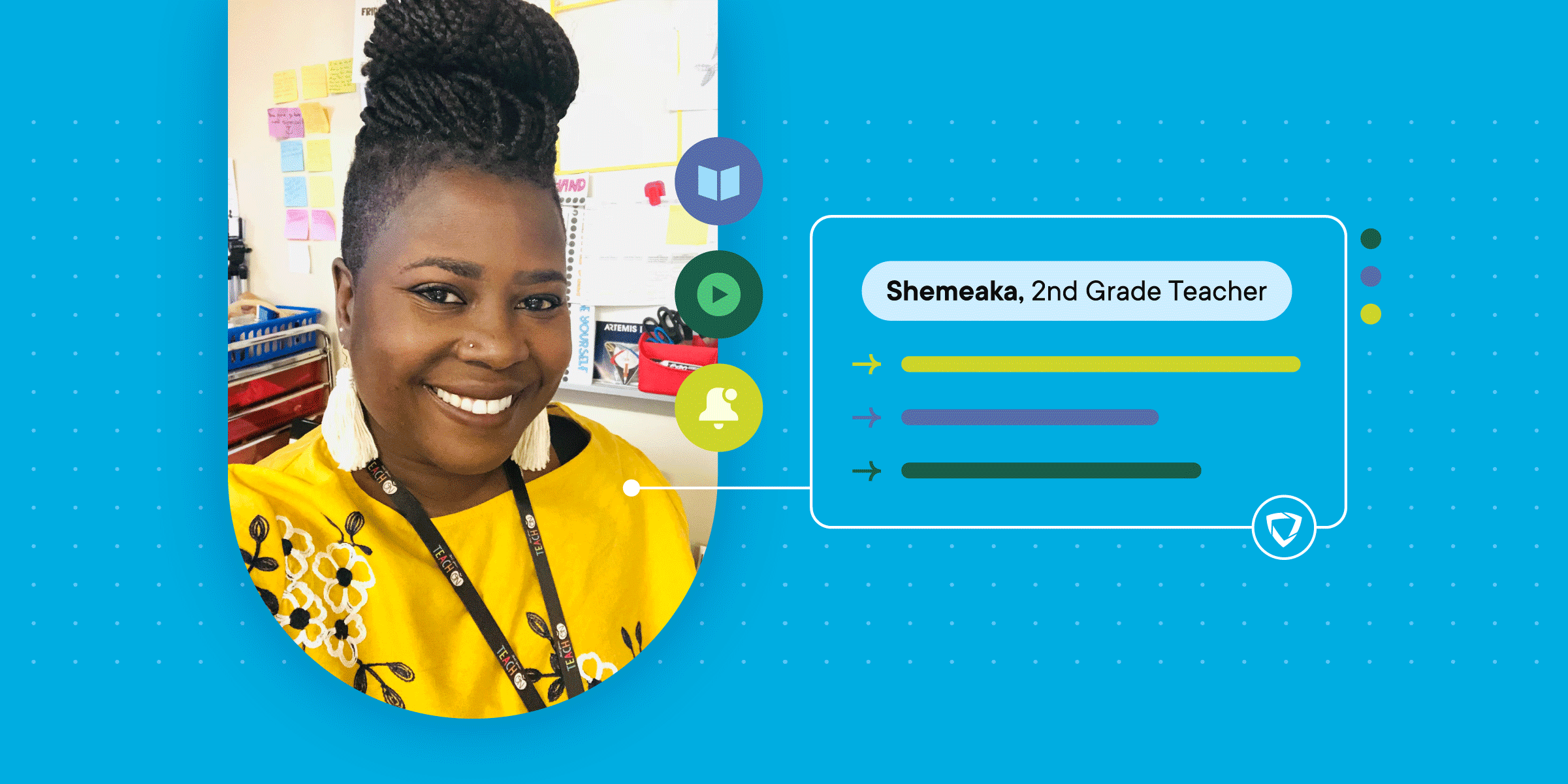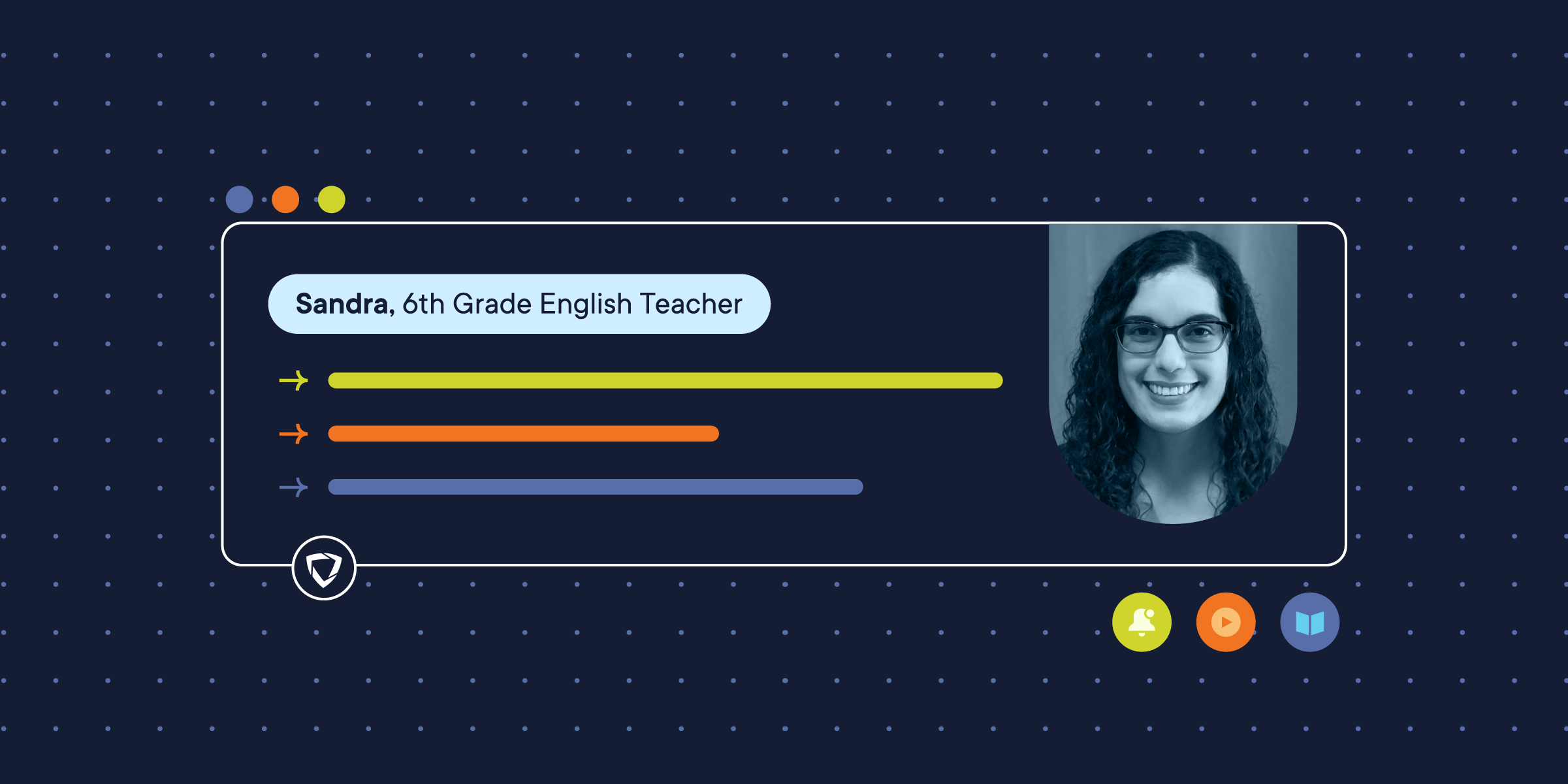
As the world is still plagued by the virus, educators and students will have to adapt to a new norm. Back to school is always a time of excitement where students quickly stock up on school supplies, line up to get their school ID, and for college kids to move into dorms. However, this year is much different. This year, protecting student’s health and incorporating technology will be an emphasis in all guidelines for going back to school.
The 2020-2021 year will be unlike any school year before. Many school events will be cancelled, and the traditional classroom setting is gone. However, we’ve compiled the best back-to-school tips for the 2020-2021 school year.
Tips for Preparing Students to Head Back to School in 2020 - 2021
1. Be ready to transition from traditional to digital
Having digital lessons will be a huge focal point in the 2020 to 2021 school year. Some schools are using Google for everything, such as Google Classroom for their lesson plans. Some teachers may have students use Canva to turn physical art into digital art. Social and collaboration will be done primarily through digital means like instant messaging, emails, shared documents, project management apps, and more.
2. Prepare for staggered start times
Staggered schedules, social distancing, and other precautions will be the new norm when returning back to school. Ideally you may want to consider staggering your schedule to prevent physical congregation. This can be staggering recess time, lunch hours, and breaks so that students leave in small clusters rather than big groups. Schools may choose to adopt a half-day model or alternate days. For example, the Jefferson County schools in Alabama are mandating a 50 percent capacity at all times by combining both in-person and remote learning.
3. Stock up on face coverings, hand sanitizers, and disinfecting wipes
With any in-door public setting, the CDC advises people to wear cloth face coverings that cover both their mouth and nose. This helps to protect people around you in the event that you are infected but do not have any symptoms. Additionally, the CDC also says that alcohol-based hand sanitizers help to limit the spread of COVID-19. Ideally you want to purchase a hand sanitizer that is at minimum 60% alcohol.
Studies have found that the virus can live on surfaces. Make sure to sanitize your classroom, and advise students to wipe down their devices like their laptop after each use. Remind your students to wear face coverings properly and bring hand sanitizers to class.
4. Bring your multi-port USB chargers and laptop chargers
Most schools will opt for blended learning days where class will be converted from an in-person setting to online. Prepare your students to bring all chargers necessary like USB and computer chargers to keep their laptop and tablets fully charged.
5. Use noise-cancelling headphones or focus tracks
Recommend your students have noise-cancelling headphones to drown out background noises from your home. This is especially important when attending webinars as it can also prevent others hearing noises in your background like roommates, air conditioner, pets, street noise, etc. There are always ways to improve mental focus, such as playing white-noise tracks or classic music playlists on Spotify. Learning at home is a new norm for most students. Advise students to have a quiet area, such as their room or a work station away from the TV and distractions, for learning.
6. Address learning loss
Because the spring of 2020 school year did not go as planned, you can expect to see gaps in knowledge from students. It’s crucial for teachers to address the learning loss and create an instructional plan for moving each student to the grade-level requirement. There may be a wider variation of the academic knowledge gap than previous years. Educators should work closely with students’ previous teachers and use administering assessments to evaluate their academic understanding on a subject. This helps you to better determine the standards that need more review and attention. There may be individualized academic support needed, such as extended school days, tutoring, technology, and support personnel. Ensure that you provide some time for students to catch up without falling further behind with the new material. Here are a few practical tips to addressing any loss of academic knowledge or skills:
- Prioritize a thorough review of the key skills and standards that weren’t yet mastered from the previous school year. Use individualized support as needed to help all students catch up. Expand the intervention time in school days to fill the voids in learning for each student.
- Emphasize tutoring programs to make sure they feel confident about the subject matter.
- Meet virtually with the student's parents or caretakers to have discussions about a student’s skill level using evidence. Make sure to explain how the parents can support their child at home, and explain how the school will help their child improve.
7. Apply strategies for social distancing
It can be difficult to get everyone on board with social distancing, especially younger children. Young students may find it difficult to comply and understand social distancing. Ideally you should have great small groups and have them remain in these groups while maintaining six feet apart. For younger students, you can implement the following ideas:
- Hang pictures in the school building and classroom to give reminders about hygiene care and social distancing.
- Stagger outdoor and indoor play. Adjust their schedules to limit the number of children in one area.
- Provide more opportunities for solo and individual back-to-school activities. This may include coloring, drawing, and puzzles.
- Prepare activities that don’t require close proximity between students. This can be exercising, music, and art that children can do separately.
- Utilize furniture for visual spacing, like mats, carpet squares, and trays. If you have clear dividers around the desks, turn each desk into a car so that students will be excited about them.
- Consider broadcasting in-class teachings to multiple rooms at once so students can spread out.
- You may also host your classroom instruction outdoors if the weather allows. You may use a microphone to amplify your voice to reach students if they’re scattered apart.
8. Utilize learning management tools
Learning management systems help to organize all course material into one centralized location. No need to spend money on physical textbooks or physical paper copies. Simply deliver your content through the platform. LMS tools have tracking and reporting features to gauge the progress of your students in terms of who finished the course and their level of understanding based on tests. You can easily share videos, texts, and audio through the platform. LMS also allows you to show progress, provide rewards and earn digital badges, and incorporate gamification into your class, such as leadership boards.
9. Utilize classroom management tools
Whether you’re teaching in the classroom or online, classroom management software can help you keep an eye on the class by allowing you to see what students are searching and issue commands to get off-task students back on-task. You can also get all students on the same virtual page with the push of a button. By combining classroom management with communication tool, you can access everything you need to conduct the class session in one technology solution. GoGuardian Teacher™ offers a solution for classroom management with video conferencing, which enables you to make calls with students, have video chats, and share your screen for a virtual lecture. This tool may come in handy for in-person classes when you or a student has to miss school that day because of illness. Students will never have to miss a class if they’re able to log on from home while you teach the class with your video on.
10. Teach healthy hygiene
As educators, it is crucial to teach healthy hygiene habits to protect your students and yourself from the potential spread of the virus or flu. You may encourage them to practice frequent hand-washing for at least 20 seconds by singing a child-friendly song. Teach your students to cover their mouth with the inside of their elbows when sneezing or using a tissue to wipe their nose. Also explain the reasoning as to why it’s unhealthy to share food or drinks with another classmate.
There’s no doubt that the 2020-2021 academic school year will look foreign compared to previous years. As educators, it’s important to spend time on back-to-school prep by providing students with all the tools, habits, and mindset to get ready for their upcoming school year. Now that we know what to expect, we can utilize technology to our advantage and give them the support needed to succeed. Check out GoGuardian Teacher for a classroom management system designed for seamless video conferencing and helping keep students on-task.








